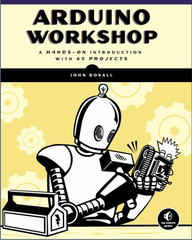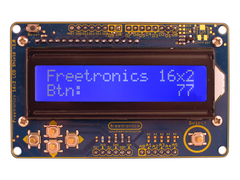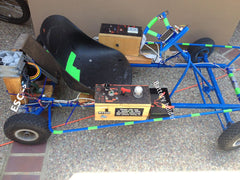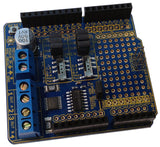All sorts of data is available on public websites, including the financial information, weather reports and so on. Another example is wave height data - and data from a worldwire group of buoys that are constantly sending water temperature and well data back to a central server. Instructables member surfershort has created a neat Arduino-powered device to interrogate this data and display the swell height of a particular buoy with an RGB LED.
The hardware is quite simple, just an Ethernet-enabled Arduino or compatible board, a power supply and the LEDs for indication. However the project has been finished neatly with the use of small translucent dome sitting atop a classy wooden enclsoure as shown below:

It's a great project that can be reproduced quite easily, so for complete details visit the Instructable page. And for more, we're on facebook, Google+, and twitter - so follow us for news and product updates as well.
When putting together your next Internet-enabled Arduino project - save time, space and money with the Freetronics EtherTen. Apart from being fully Arduino Uno-compatible, it has onboard Ethernet, microSD socket, full USB interface (so you don't need a costly FTDI cable just to upload a sketch!) and supports optional Power-over-Ethernet.
























